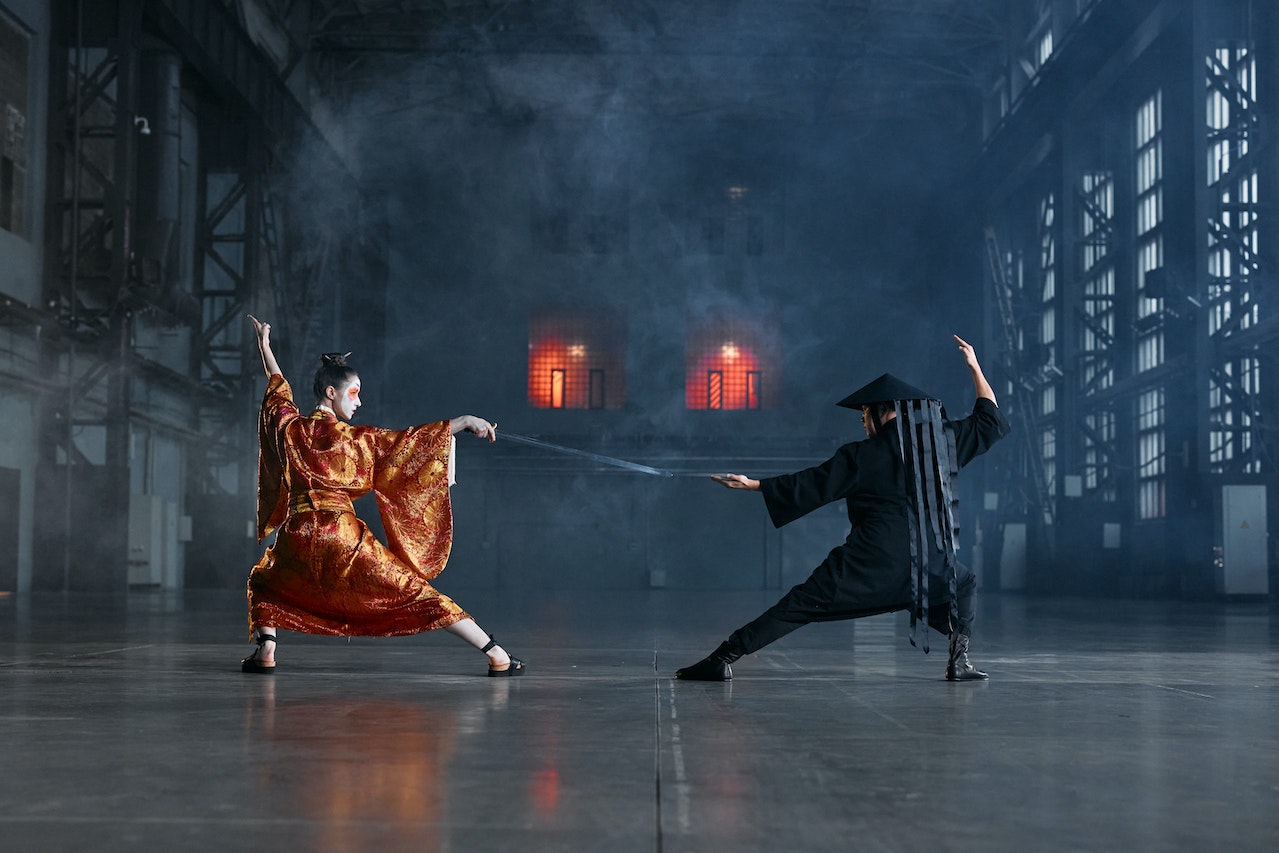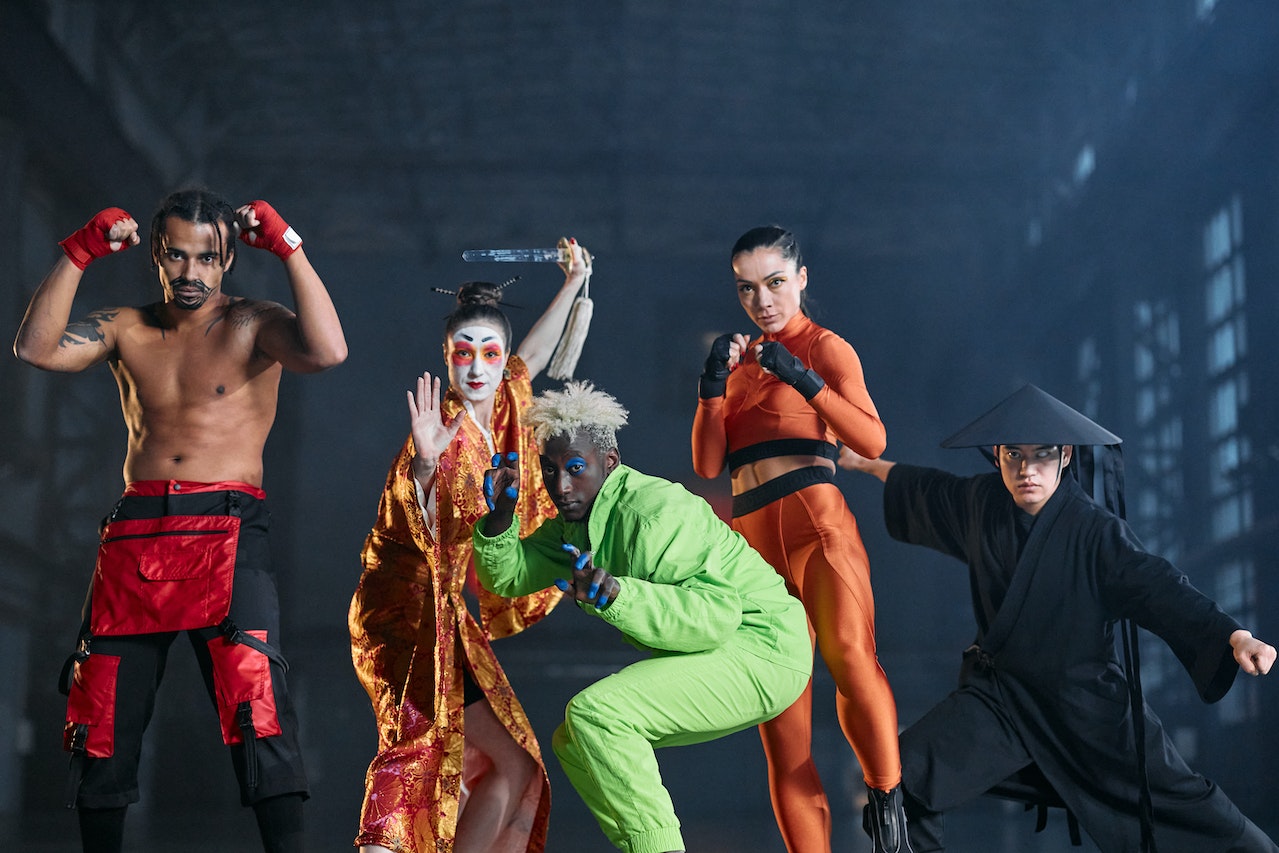Character modeling is a crucial aspect of game development that brings virtual characters to life. Talented character modelers play a vital role in creating visually appealing and believable characters that enhance the gaming experience. In this section, we will explore the role of character modeling in game development and the skills required to excel in this field.

Definition of Character Modeling
Character modeling involves creating 3D digital models of characters, including their anatomy, facial features, clothing, and accessories. It is the process of translating 2D concept art or design into three-dimensional assets that can be animated and integrated into the game.
Good modeling is commonly outsourced to specialty firms. Arrible is an international game art production company operating worldwide.
Importance of Character Modeling
Well-designed and visually captivating characters are essential for immersing players in the game world. Character modeling adds depth, realism, and personality to virtual characters, making them relatable and engaging. It contributes to the overall visual aesthetics and storytelling of the game.
Skills Required for Character Modelers
Successful character modelers possess a combination of artistic and technical skills. Some essential skills for character modeling include:
- Proficiency in 3D modeling software such as Maya, ZBrush, or Blender.
- Strong understanding of human anatomy, proportions, and movement.
- Knowledge of texturing and shading techniques to enhance the appearance of characters.
- Ability to create high-quality polygonal models with optimized topology for animation.
- Attention to detail in capturing facial expressions, clothing, and accessories.
- Collaboration and communication skills to work effectively with other team members, such as animators and designers.
Collaborative Workflow
Character modelers collaborate closely with other game development roles to ensure a seamless integration of characters into the game. They work alongside concept artists, animators, riggers, and texture artists to bring characters to life and ensure consistency in design and functionality.
Iterative Process
Character modeling is an iterative process that involves receiving feedback, making adjustments, and refining the models based on the project requirements. It requires patience, flexibility, and a willingness to iterate and improve the models to achieve the desired outcome.
Evolving Industry Standards
Character modeling techniques and tools continue to evolve with advancements in technology. Character modelers need to stay updated with the latest industry trends and software updates to deliver high-quality character assets that meet the demands of modern game development.
Importance of Character Design
Character design is an integral part of the game development process. Well-designed characters can evoke emotions, drive the narrative, and create a memorable gaming experience for players. The design of a character encompasses their appearance, personality, backstory, and role within the game.
Role of a Character Designer
A character designer is responsible for conceptualizing and creating unique and visually appealing characters. They work closely with the game’s creative team to understand the game’s vision and translate it into compelling character designs. Character designers use their artistic skills to sketch, illustrate, and digitally render characters, considering factors such as art style, target audience, and game mechanics.

Creating Memorable Characters
A skilled character designer understands the importance of creating characters that resonate with players. They focus on capturing the essence of the character’s personality, motivations, and traits through their visual design. This includes elements such as facial expressions, body language, costumes, and accessories that help bring the character to life.
Iterative Design Process
Character design is an iterative process that involves multiple stages of refinement and feedback. The character designer creates initial concepts, presents them to the team for feedback, and makes revisions based on the input received. This collaborative process ensures that the final character design aligns with the game’s overall vision and meets the expectations of the target audience.
Collaboration with Other Departments
Character designers work closely with various departments within the game development studio, such as concept artists, animators, and modelers. They collaborate to ensure a seamless transition from initial designs to final in-game characters, considering technical constraints and maintaining consistency throughout the development process.
Adapting to Different Game Genres
Character designers must be versatile in their approach and adapt their designs to different game genres. Whether it’s a realistic action-adventure game, a whimsical platformer, or a futuristic sci-fi setting, character designers need to understand the aesthetic requirements and adapt their designs to suit the game’s tone and atmosphere.
Industry Trends and Innovation
The field of character design is continually evolving, influenced by industry trends, advancements in technology, and player preferences. Character designers need to stay updated on the latest techniques, tools, and design trends to create visually striking and relevant characters that captivate players.
In conclusion, character design is a crucial aspect of game development that brings the game’s world and narrative to life. Character designers play a vital role in creating visually appealing and memorable characters that resonate with players. By understanding the importance of character design, collaborating effectively with other departments, and staying abreast of industry trends, character designers can contribute to the success of a game and leave a lasting impact on players.